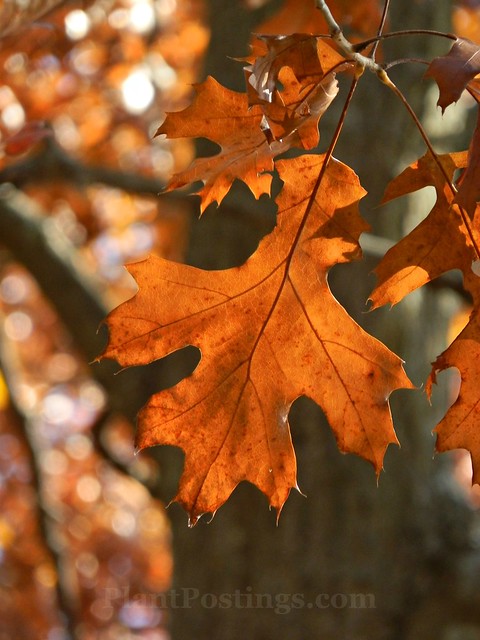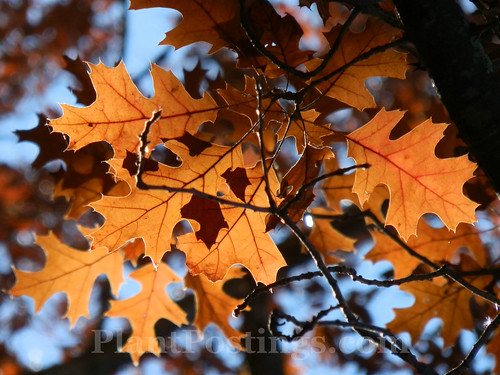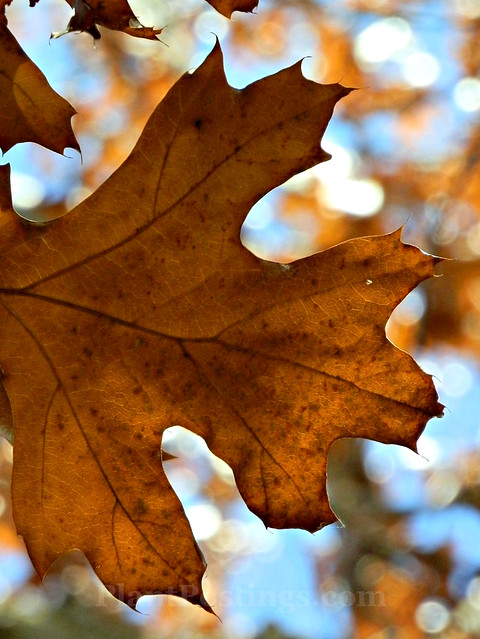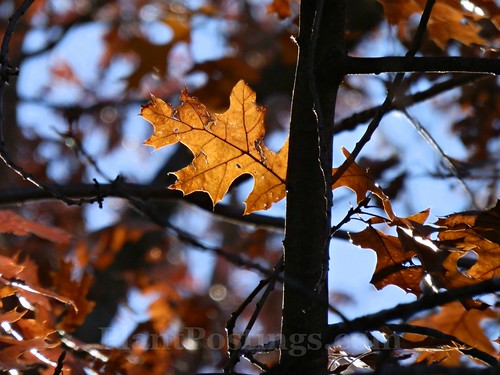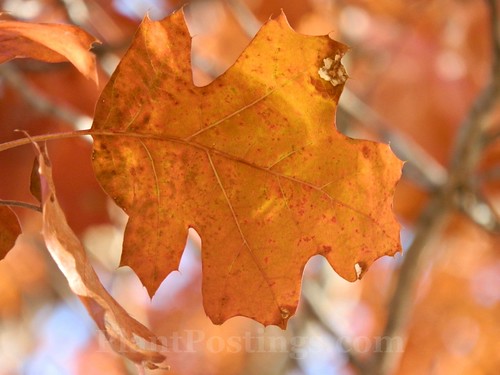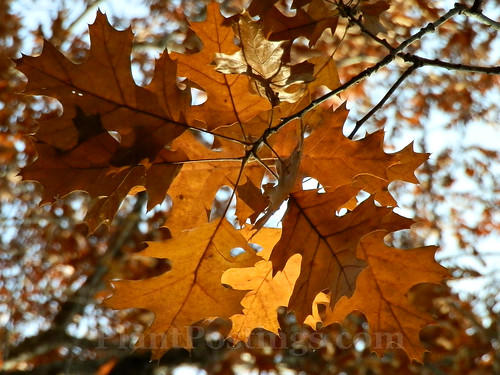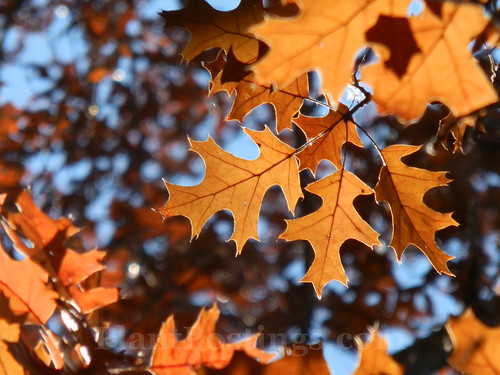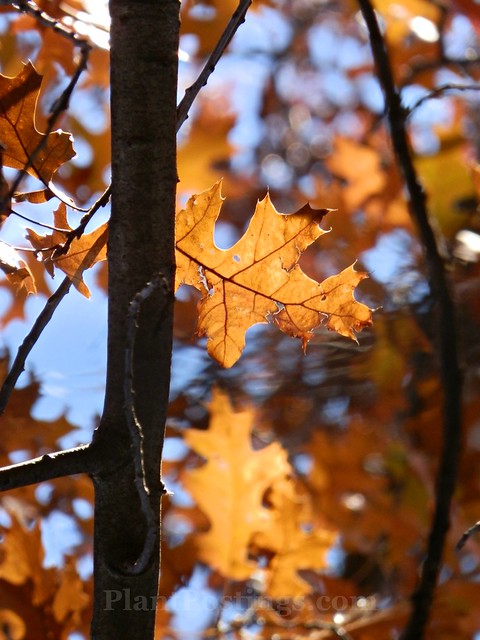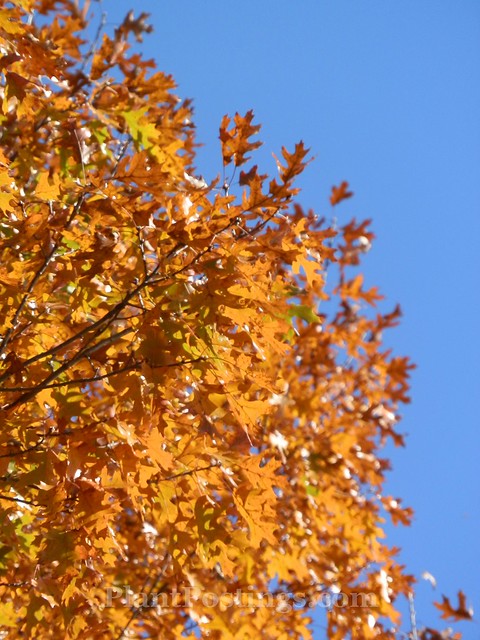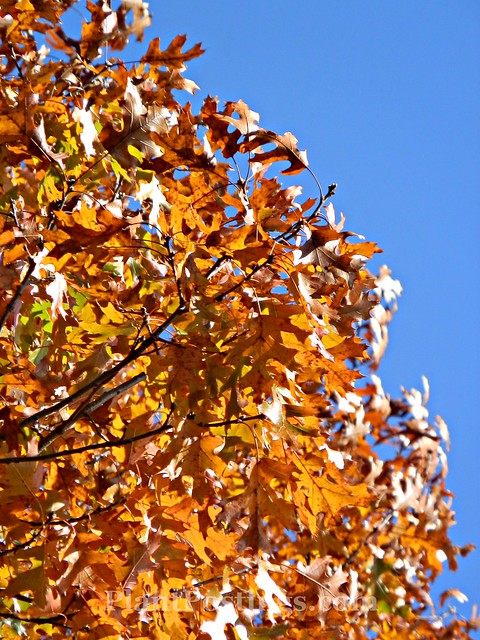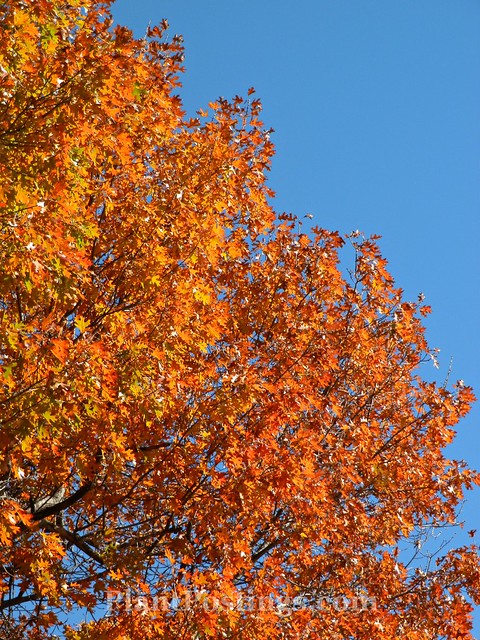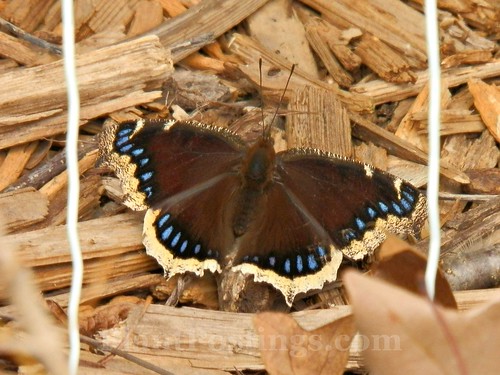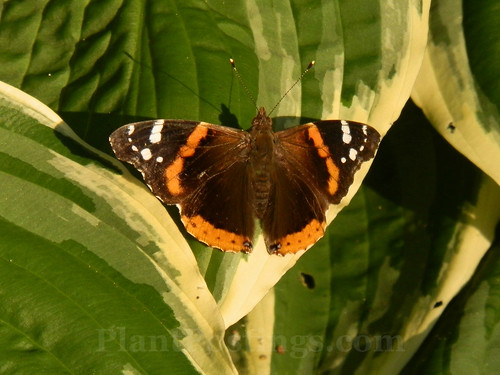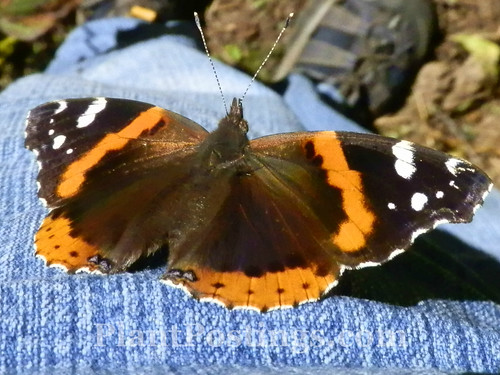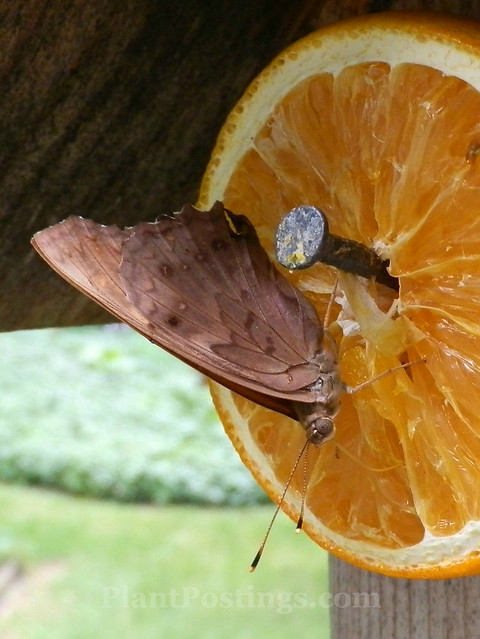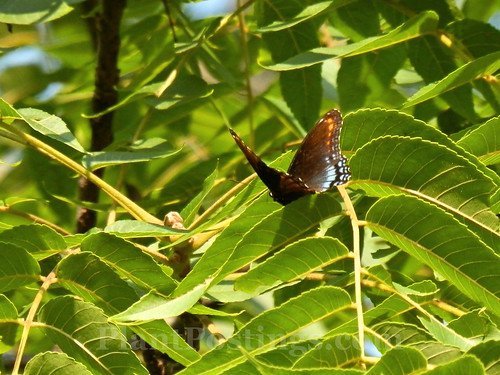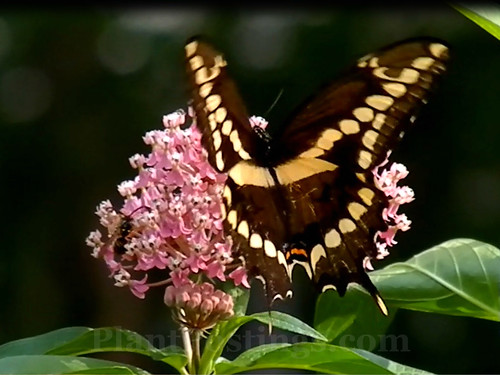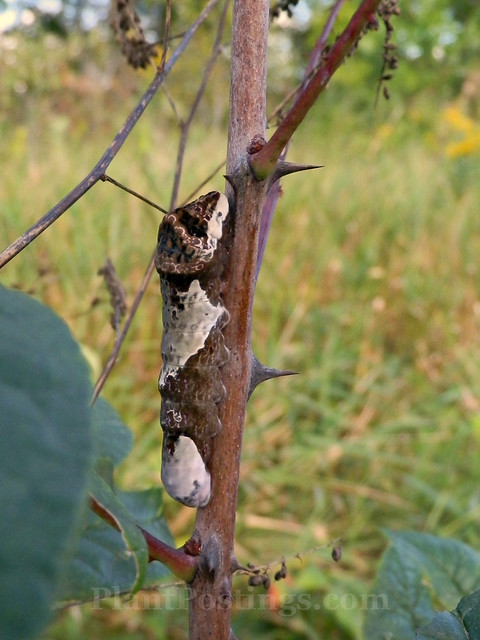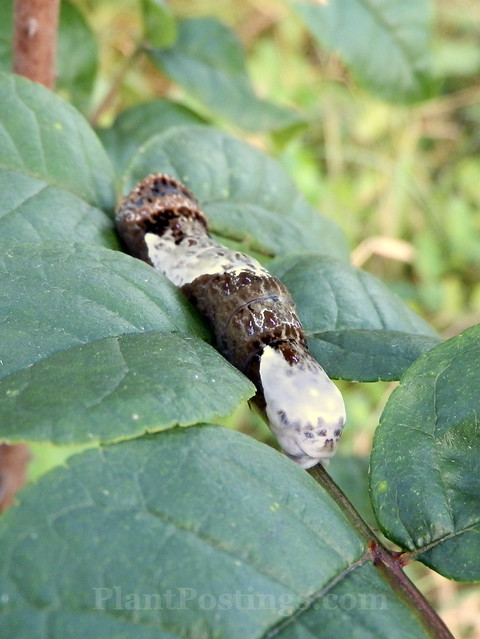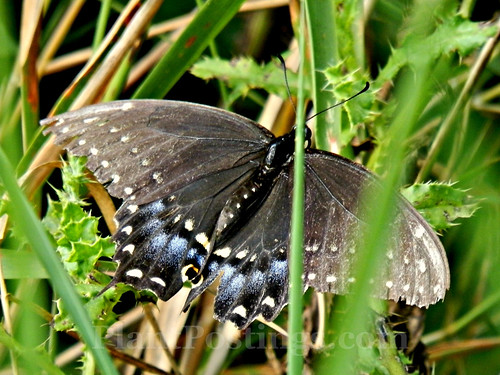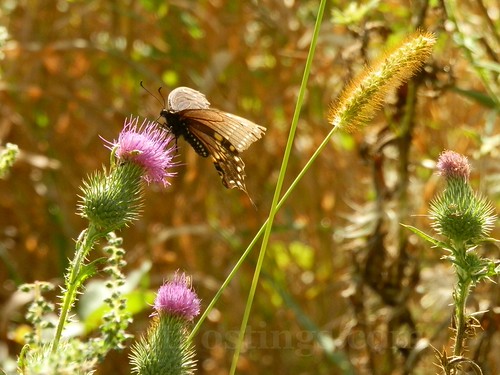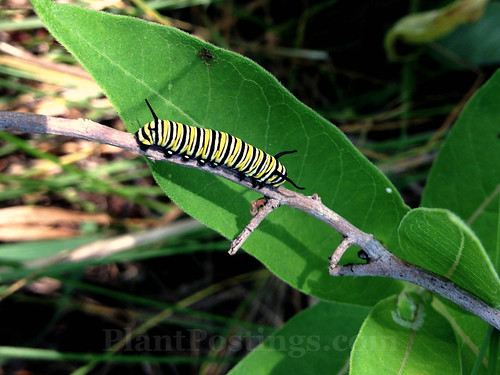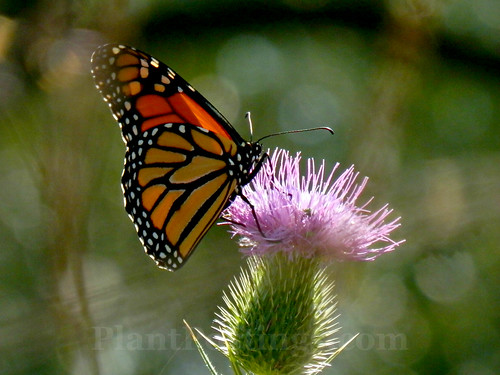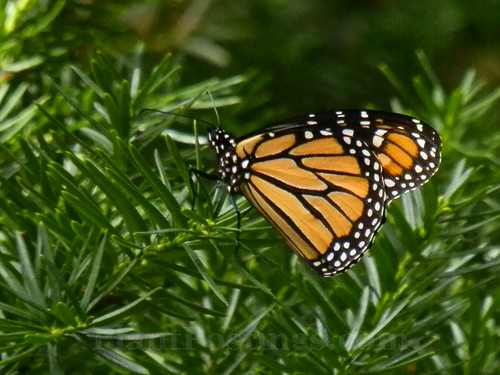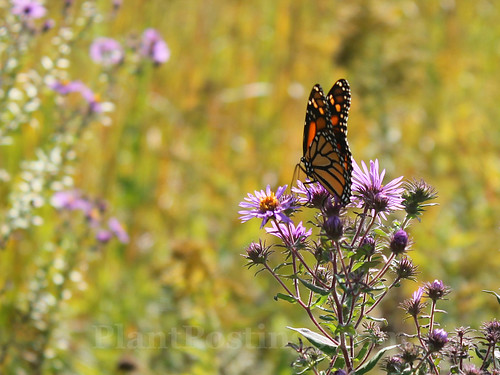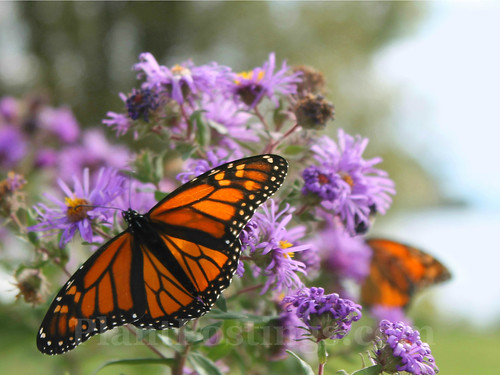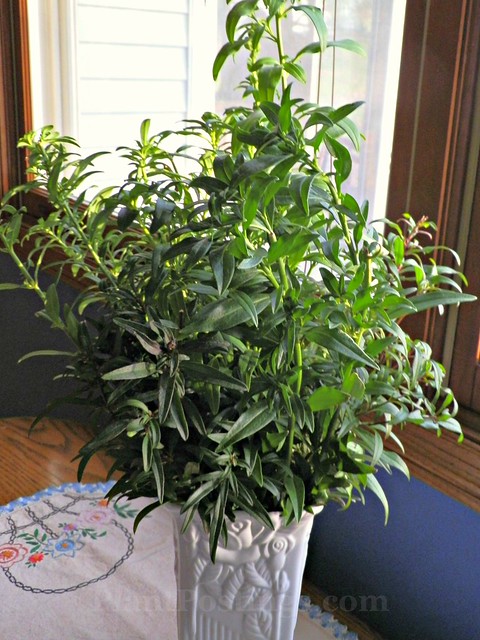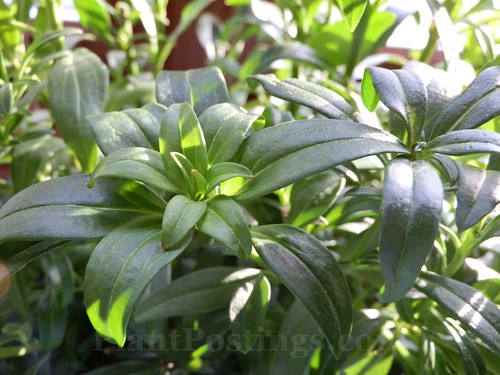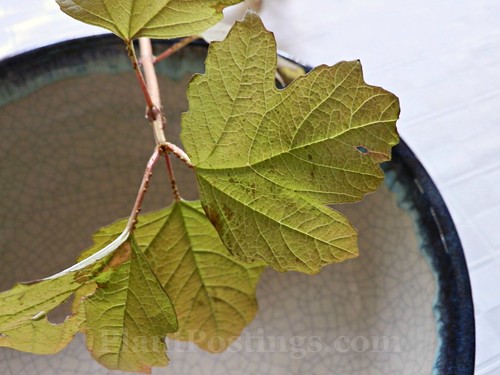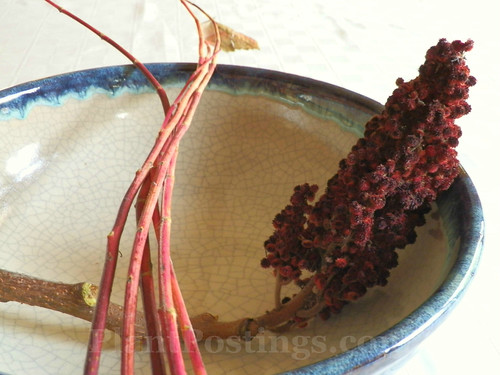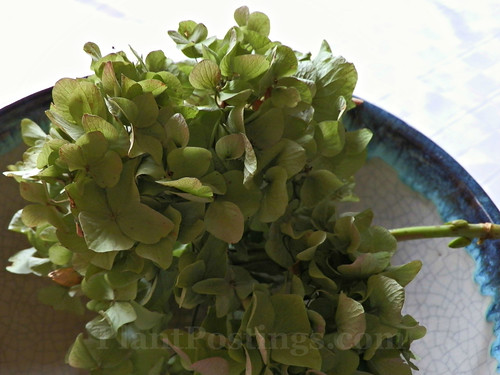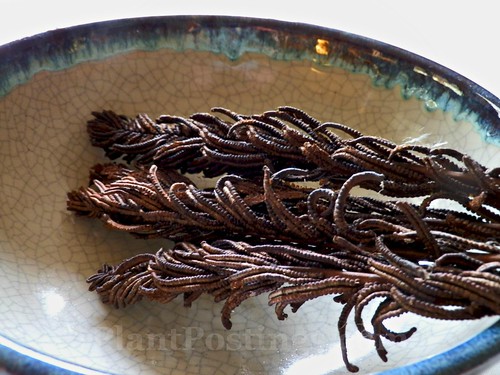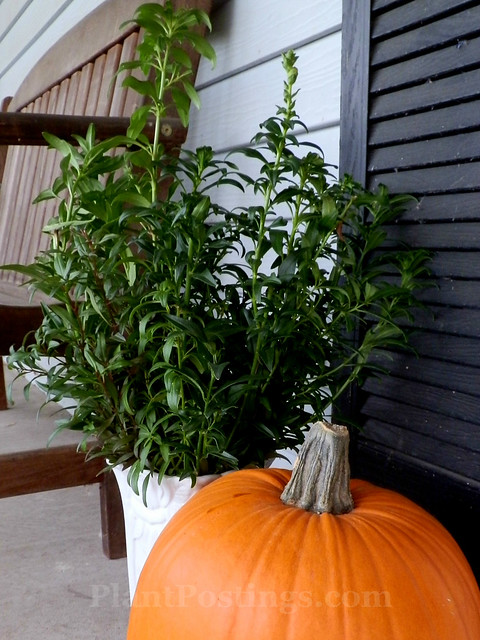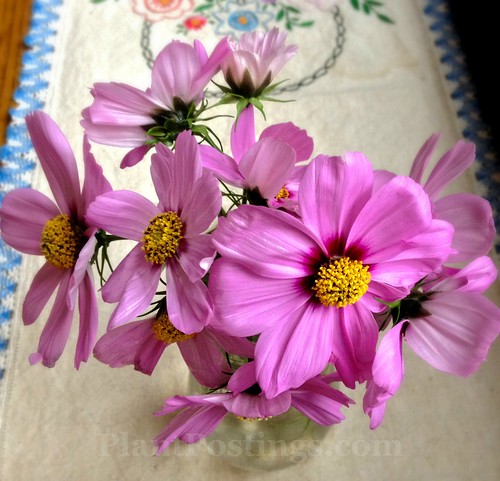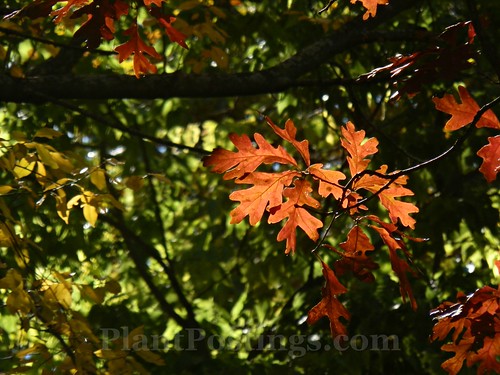 |
| Every autumn, after the Locusts, Maples, Ashes, and other deciduous trees have faded, the Oaks seem to form a "stained glass" canopy overhead when the autumn light shines through at magical angles. While those Oak leaves are now long-gone in my neighborhood, the "cathedral of the Oaks" effect seemed appropriate for this introspective post. |
Welcome to the 15th installment of the "Garden Lessons Learned" meme. I introduced this quarterly meme in June 2011, and looking back on all the entries amazes and humbles me.
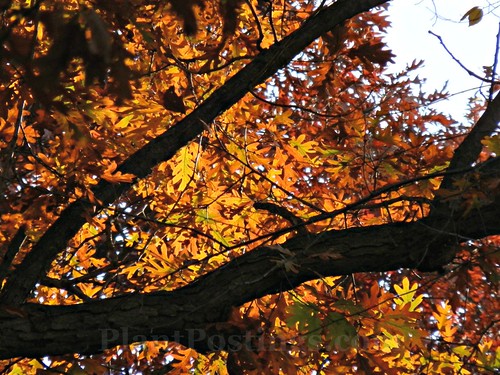
Each season is unique. Sometimes, my own garden lessons are very practical--things I want to try to remember for "next time." Other "lessons" posts include facts I've learned during the past three months. Still others focus on internal reflections.
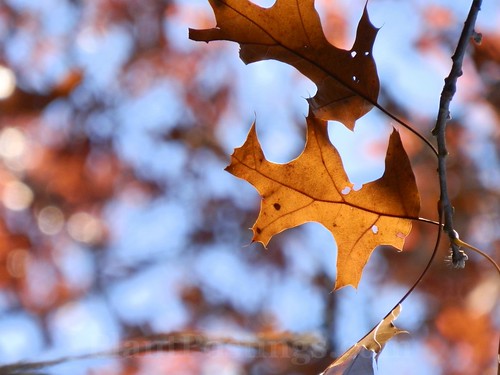
This post is the latter--a bit more introspective and personal (which tends to be more common for me in the fall and winter). This is in part because I was apprehensive about taking a break from blogging (my last post was more than two weeks ago). Turns out, the break was a healthy thing for me to do. It gave me a new perspective and a fresh focus for the blog going forward.

I'll share some plans in future posts, but for now, here are personal lessons learned during the past three months:
- It's fine to take a break from blogging. If you're like me, and you've settled into a routine of blogging once a week or more often, the idea of leaving that blank space of no posts for an extended period of time can be unsettling. I could say so much more about why I took the break and my reactions to it, but I'll simplify: I was busy, I needed an attitude-readjustment, and I'm refreshed and ready to begin again.
- You don't have to rush out with your camera every time you see a beautiful scene, an item of interest, or a personal life event. Social media--and blogging in particular--has the power to both enrich and taint our lives. Enrichment comes through meeting new friends, staying in touch with old ones, and sharing more experiences than was possible in the past. But social media also introduces the risk only seeing the world through the prism of what would be a good tweet, share, or blog post.
For example, the other day after a fresh snowfall, I saw a spectacular scene of a Maple tree with clinging autumn leaves, framed by a powdered-sugar landscape all around it. I was driving home, and once I arrived I had a choice: I could run back out with my camera to try to capture that scene, or I could spend those extra minutes with my daughter who's home for the Thanksgiving holiday. I chose the latter and I don't regret it. I don't mean to preach, because I fail on this lesson repeatedly and frequently. Life is a series of choices, isn't it? All I'm saying is that I, personally, must remind myself to live life fully and not always try to write, photograph, and post about it.
- Two weeks without blogging goes by very fast! Enough said.
- Blogging about gardening, plants, and nature is one of my favorite "things" to do. I guess I already knew this, but the break confirmed my feelings. Blogging has truly become a passion. If, when I was a young person, there had been an Internet, digital photography, and the concept of "blogging," I might have chosen this as a career. Alas, these options weren't in existence. No regrets; I'm simply joyful in continuing to share in this amazing community of garden and nature bloggers going forward!

Oh, and I did learn a few "practical" lessons:
- The fruit of Fuchsia plants is edible. In fact, depending on the variety, the plump, oval-shaped "berries" are quite tasty. I learned this lesson from Helene at Graphicality-UK. She commented about it on my blog (and discusses it a bit at the linked post in the previous sentence), so I decided to try Fuchsia berries. My cultivars tasted sweet and refreshing, with a hint of pepper at the end. My only warning is that some potting plants are treated with systemic pesticides at garden centers, so know your supplier before you consume Fuchsia berries.
- I found an eagle hangout near my home. I'll share photos soon, although I'll have to go back and hope the eagles will be there for better captures. The fishman and I saw two eagles through the mist in the distance when we were hiking, but they flew away before we got close enough. We believe they were Bald Eagles, but it was too foggy and we were too far away to tell for sure.
- The top of our heated fishpond makes a great cold frame. The fishman created an acrylic winter cover over the pond that lets the sun in but partially protects the plants from the elements. (Don't worry, there are vents on the sides of the pond as air exchange for the fish. They survived last winter's polar vortex in there!) The internal temperature under the cover hovers around 32F during the coldest of days when the heater is on, and rises to the 50sF and warmer on mild, sunny days. The lettuce plants are still alive, and the scallions are just about ready to pick!
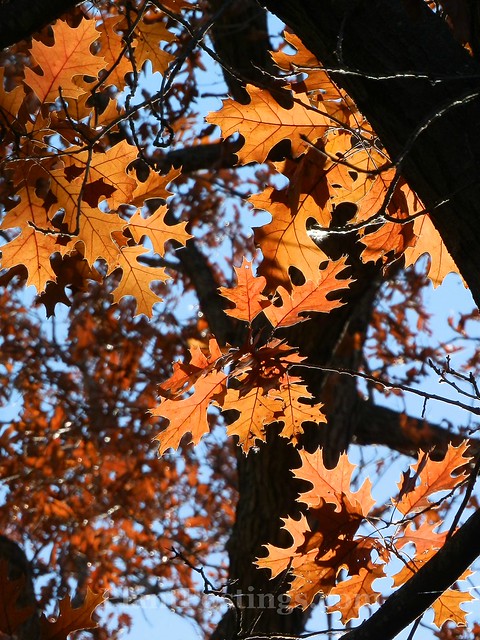
What lessons did you learn during the past quarter? If you're in the Northern Hemisphere how was your autumn? For those in the Southern Hemisphere, how did your garden grow? Please share your lessons!
I'm switching things up again with this meme (I do hope you'll forgive me). As always, please write a post or share one you've already written about your "Lessons Learned" during the past season. Share your links in the comments to this post. I'll keep it up for a few days, and it will be available always under the "Lessons Learned" tab at the top of this blog.
One change: I'll forgo the "wrap-up" this time. Autumn and spring are long-gone for many of us already, and will seem like distant memories by the solstice.
At that point, we'll be deep in the celebrations of year-end holidays--the perfect hand-off to Donna's Seasonal Celebrations at Gardens Eye View! Feel free to join in with a post that fits both memes, or separate posts for one or both of them.
Bye for now!
